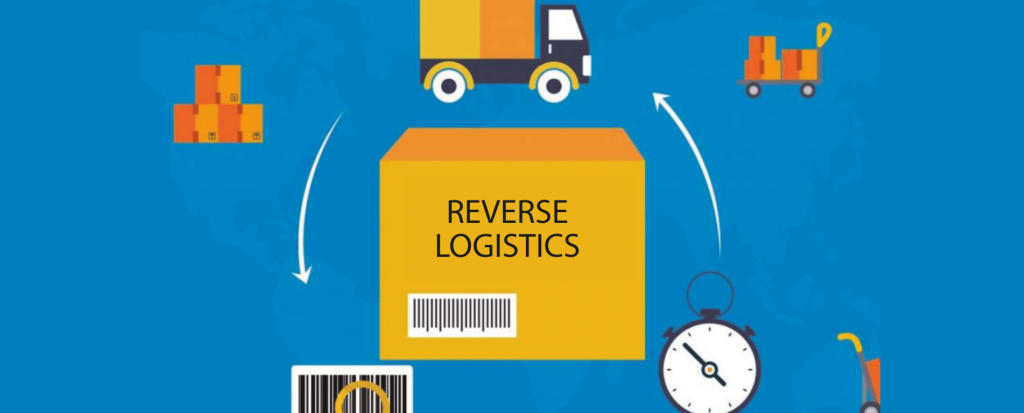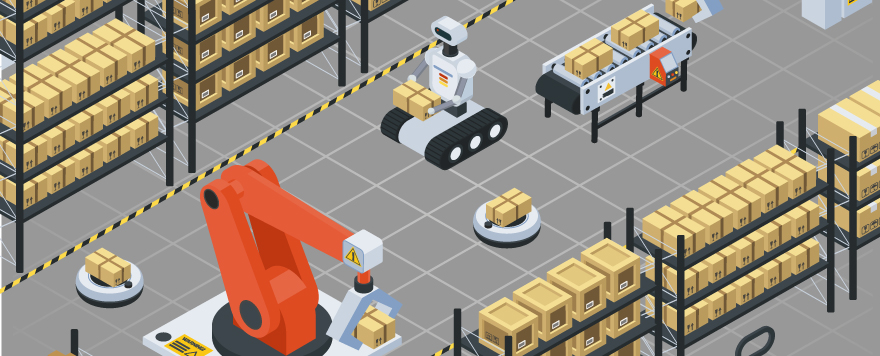Today logistics plays a fundamental role in the end customer’s experience, which is why companies are increasingly focusing their efforts on having an efficient supply chain. Still, it is not only a matter of having optimized delivery logistics but now we are also talking about reverse logistics.
This term alludes to the end customer/user returning a product, the inventory return by companies, and the reconditioning or recycling of used products.
It is essential to take into account reverse logistics because if handled correctly, it brings excellent benefits related to customer satisfaction, reduction on environmental impact, savings in production costs, allows us to offer a more competitive after-sales service, moderation of storage costs, generation of new sources of income, recovery of defective parts, among others.
Now, you may be thinking, “Very nice all around,
but what challenges do applying a methodology as this bring?
What solutions are there in the market to achieve it?
Don’t worry! Just keep reading!
Here we share with you some of the challenges that this methodology brings:
1. Product collection times:
Today’s consumer is highly demanding, and this applies to logistics as well. Now people want to have the products in one or a maximum of two days, and if the shipping service is free, so much better!
They also want to be able to return the products easily and without any additional costs. These two aspects greatly impact the user experience but involve a lot of effort by the companies.
2. Optimal distribution center planning:
Here it is essential that there is proper order in receiving, inspection, and classification of returned items. For this, data analysis orbig data can help significantly. These tools generate relevant contributions for companies in optimizingthe number of employees needed at each moment, the times established from the reception of the returned product, and its subsequent departure to its destination, which can be resale or recycling.
The optimization of space inside the warehouse must also be taken into account to reduce the times of displacement or location of products.
3. Optimization of the reverse logistics process:
Reducing product return times becomes a priority without compromising the profitability of the business. The alignment of transportation, planning, returns management, and warehouse optimization is vital to achieve this. Only this way will it be possible to manage returns quickly and efficiently.
4. Transport to destination:
Seeking to optimize the routes and plan them more efficiently when delivering the products should be sought, as well as the time of picking them up.
In this case, advanced analytics can positively impact the process because it allows for a complete vision of the transportation operations through the optimization of the use of fleets, the number of drivers, and the established routes for possible eventualities.
You already know what reverse logistics is and the challenges of implementing such a strategy in a company. And we want to tell you that there is a technological and innovative toolthat has been created to help you optimize the time in reverse logistics and reduce the high costs that this kind of process involves.
CubiQ go locker

The CubiQ go locker is a disruptive and technological device that brings dynamism and agility to retail companies seeking to optimize their reverse logistics chain, provide a disruptive service to users, reduce return times to approximately two minutes without contact with others improving the customer experience.
This product works safely and efficiently, allowing companies to validate how much the package weighs compared to how much it should weigh so that customers can make returns quickly and easily. They simply have to fill it out, leave it in the box assigned to the order, and even get their money back!
Also, this device is handy for logistics and transport companies because it allows the user to leave the goods in an individual box so that later this merchandise can be picked up by a carrier or in the case that the person cannot receive the package, there is also the possibility that the logistics company leaves the package in a box near the customer and sends a notification so the person can pick it up.
How to make a shipment in 5 steps?
1. Cubing the goods.
2. Entry of the label information.
3. Payment of the value indicated on the device.
4.Print the label and stick it on the box.
5. Save the merchandise in the box assigned to it.
How to pick up your package in 3 steps?
1. The conveyor leaves the package in the assigned box.
2. The person goes to the locker where the package is.
3. The person opens the box with a QR code or designated key and takes the package away.
To conclude, reverse logistics is a process that is beginning to become relevant because it directly influences the reduction of return times to two minutes, the experience of users with the brand, positively impacting the company’s profitability, and aligns the process to sustainable objectives. Technological tools, such as the one we mentioned, facilitate the organizations’ operations and, in this case, those involving logistic processes.
What do you expect to stand out in the industry by generating a disruptive reverse logistics experience?
Suppose your goal is to implement reverse logistics. In that case, we invite you to learn about the trends that will help you create a disruptive strategy, which will allow you to differentiate yourself from your competitors and be recognized as a success case in this field.





